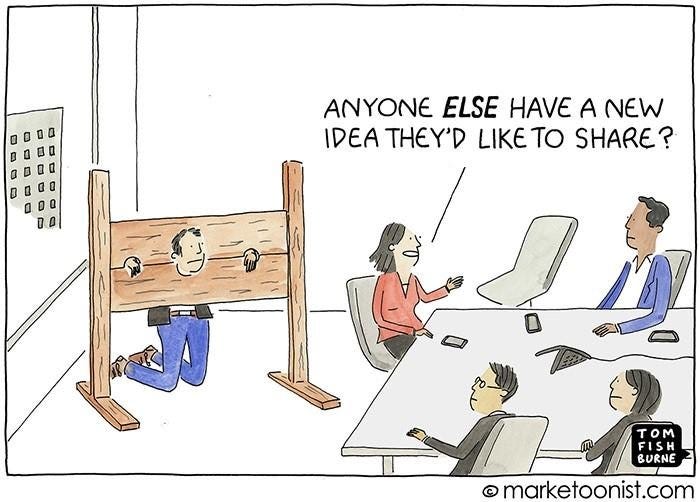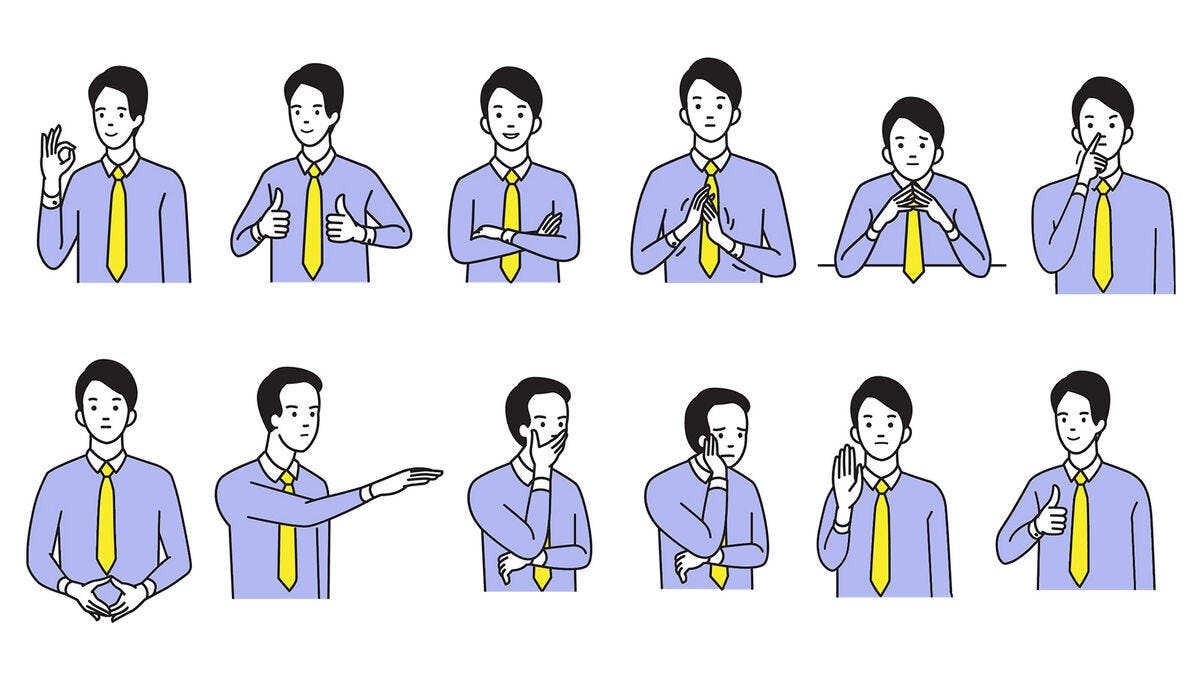Neuroplastic Teams: Building Collective Resilience Through Brain Science
Apply neuroscience to improve how your team adapts, learns, and thrives together.
In this issue:
How group behavior is shaped by brain-based leadership.
Strategies to foster growth mindsets in teams.
Tools to build team-wide cognitive flexibility.
Welcome to this week’s edition of Applied Neurogenesis! Teams, like the brain, thrive on adaptability and continuous learning. Just as neuroplasticity allows the brain to form new connections and grow, resilient teams evolve, problem-solve, and strengthen under pressure.
The best leaders understand the neuroscience behind team dynamics—how learning, collaboration, and psychological safety shape long-term performance. In this issue, we’ll explore how to apply neuroplasticity principles to build a team that is adaptable, engaged, and primed for growth.
How Neuroplasticity Strengthens Team Resilience
1. Create a Culture of Continuous Learning
Just as new experiences strengthen neural pathways, ongoing skill development builds team agility and adaptability. Teams that regularly acquire new skills and challenge their thinking are more innovative and resilient.
Quick Tip: Implement “learning sprints”—monthly skill challenges where team members share insights from a book, podcast, or course.
2. Encourage Psychological Safety for Stronger Neural Connections
The brain learns best in low-threat environments. When team members feel safe to share ideas without fear of criticism, the brain releases oxytocin, strengthening trust and collaboration.
Quick Tip: Start meetings with a “reflection round”—encourage team members to share what’s working, what’s not, and one idea they’re exploring.
3. Leverage Mirror Neurons to Enhance Collaboration
Mirror neurons help individuals subconsciously adopt the behaviors and emotions of those around them. Leaders who model calm, strategic thinking inspire the same in their teams.
Quick Tip: Use intentional body language—maintain an open posture, nod in agreement, and practice active listening to enhance team cohesion.
4. Train Cognitive Flexibility to Improve Problem-Solving
Cognitive flexibility—the ability to shift perspectives and embrace new ideas—is essential for resilient teams. Teams with rigid thinking fall behind; those that embrace neuroplasticity innovate faster.
Quick Tip: Use role reversal exercises—ask team members to argue the opposing viewpoint in a discussion to strengthen mental adaptability.
5. Reinforce Growth with Feedback and Reflection
Just as the brain strengthens neural connections through reinforcement, teams grow through constructive feedback loops. High-performing teams regularly reflect, adapt, and refine their approach.
Quick Tip: After major projects, hold a “Neuroplasticity Review”—discuss lessons learned, unexpected challenges, and how the team can apply new insights moving forward.
Innovations to Watch
Cutting-edge tools to enhance team resilience and collaboration:
Cloverleaf: A neuroscience-based team coaching platform that strengthens communication and leadership.
Mural: A visual collaboration tool that enhances creativity and team problem-solving.
Humu: An AI-driven tool that provides personalized coaching insights to improve team dynamics.
Success Story
This week’s success story is Angela, a 53-year-old VP of Operations who struggled with a team resistant to change. By implementing brain-based leadership techniques—psychological safety, learning sprints, and cognitive flexibility training—Angela’s team became more engaged, innovative, and adaptable.
“Our ability to navigate challenges has completely transformed,” she shares.
Community Corner
This week’s top question comes from David:
“How do I encourage my team to be more adaptable to change?”
Great question, David! Start by normalizing change—frame it as an opportunity rather than a disruption. Use small, manageable shifts (like rotating responsibilities or experimenting with new problem-solving techniques) to build adaptability gradually.
How do you keep your team engaged and adaptable? Share your best strategies with the Over51 community!
Resilient teams don’t just survive disruption—they grow from it. By applying neuroplasticity principles to leadership, you can cultivate a team that is adaptable, engaged, and built for long-term success.
Want more science-backed strategies for leadership and team performance? Subscribe to Applied Neurogenesis for exclusive insights on cognitive optimization and executive leadership.
Stay sharp,
Stu Morris









